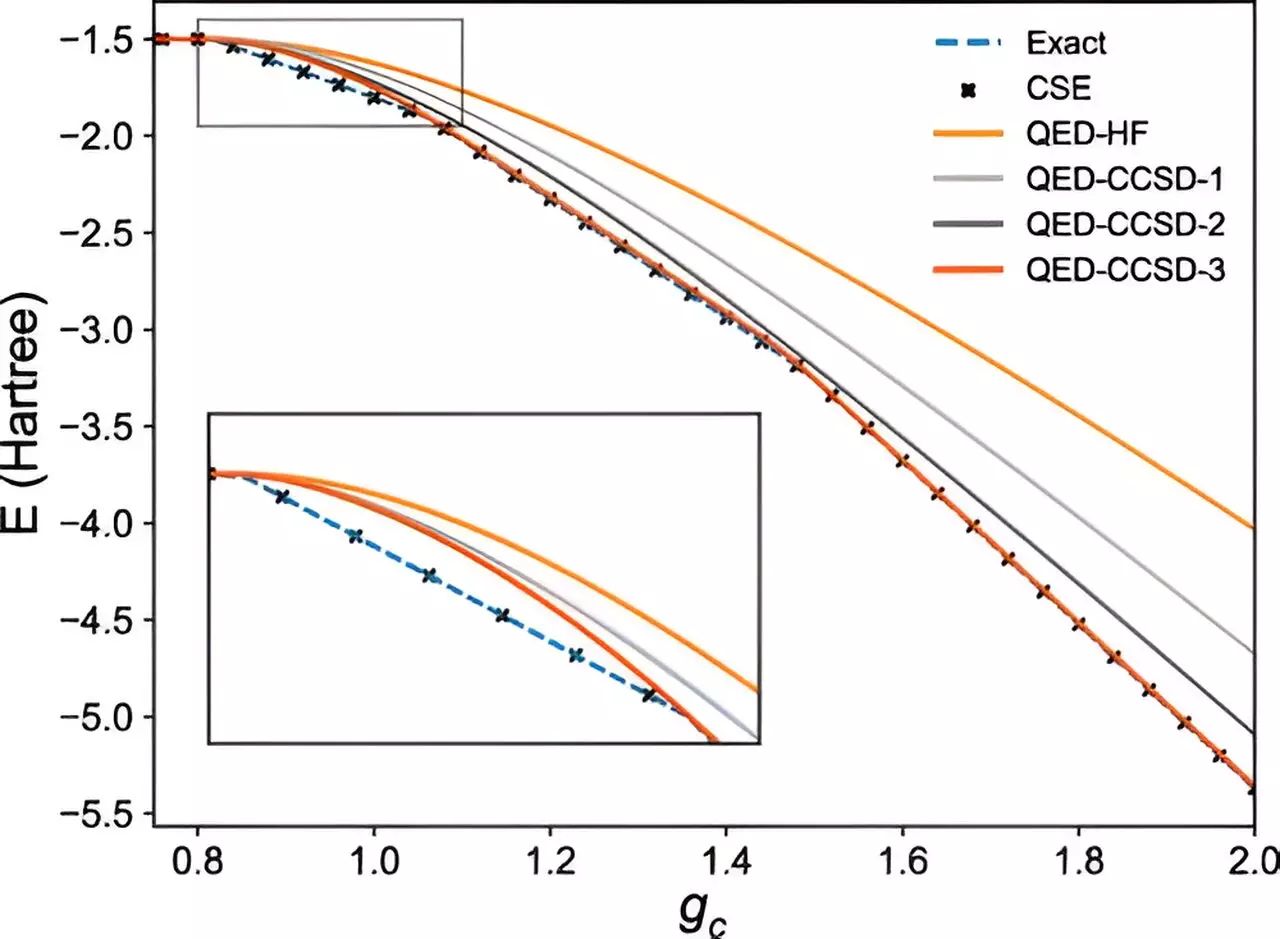The study carried out by the University of Trento in collaboration with the University of Chicago sheds light on a groundbreaking approach to understanding the interactions between electrons and light. This research has significant implications for the development of quantum technologies and the exploration of new states of matter.
The field of polaritonic chemistry aims to utilize light as a catalyst to induce new chemical reactions, ultimately leading to the discovery of novel molecules and materials. By controlling and manipulating light-matter interactions, researchers can pave the way for synthesizing new quantum matter with unique properties.
Studying quantum systems that involve multiple elements such as electrons, photons, and phonons poses a complex challenge. Calculating the wave function of such systems accurately is no easy feat, as it requires capturing the behavior of various types of quantum particles within the system.
A team of researchers led by Carlos Leonardo Benavides-Riveros and David A. Mazziotti introduced a theoretical prescription known as an “ansatz” to predict interactions within many-body quantum systems on a quantum computer. This approach was expanded to encompass systems with multiple types of quantum particles, including electrons, photons, and phonons.
The researchers successfully simulated a universal quantum algorithm on an IBM quantum computer with zero theoretical error. This groundbreaking achievement allows for the precise generation of ansatzes for many-body quantum systems, ultimately leading to exact wave functions when implemented on quantum devices.
The universal formulation developed by the researchers opens up new possibilities for modeling important molecular problems related to light-matter interactions using quantum computers. This advancement is particularly relevant to fields such as polaritonic chemistry, where understanding quantum interactions is crucial for driving innovation.
By incorporating particles of light, or photons, into their theoretical framework, the researchers gained a deeper understanding of the wave function and physical properties of quantum systems. This comprehensive approach provides valuable insights into the complex structures of molecules and solids found in nature.
The researchers emphasize that the integration of quantum particles beyond electrons, such as photons, promises exciting opportunities for exploring the states of matter. This holistic approach to studying light-matter interactions may lead to the development of new materials and technologies with unprecedented properties.
The study represents a significant step forward in the field of quantum technologies and light-matter interactions. By leveraging quantum computers and innovative theoretical frameworks, researchers are unlocking new avenues for exploring complex quantum systems and discovering novel states of matter. This research not only advances our understanding of fundamental physics but also holds immense potential for driving technological innovation in the future.


Leave a Reply